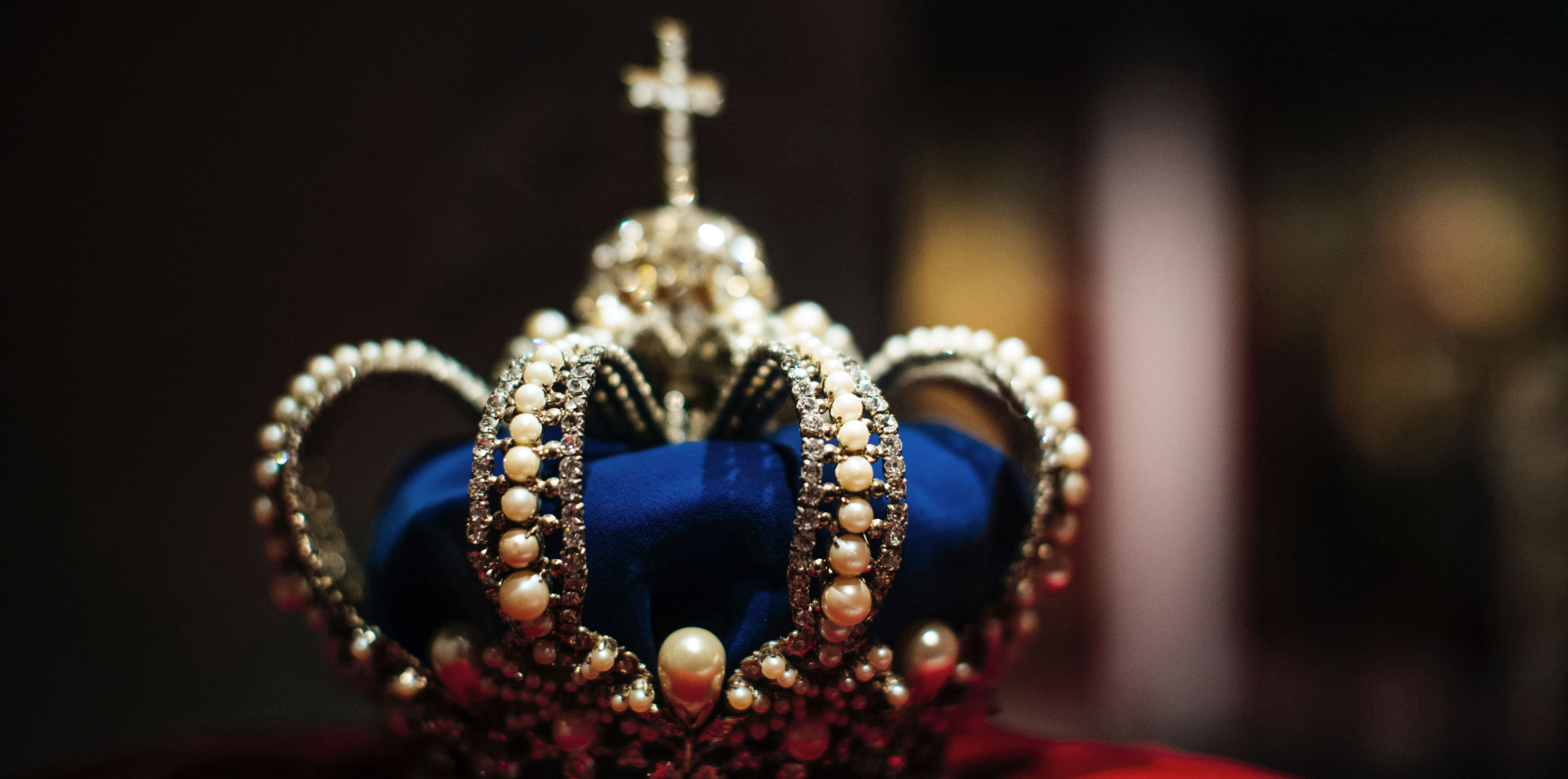
Edward VIII was king for less than a year before he stepped down to marry an American divorcee, making him the only British sovereign to abdicate voluntarily.
During this instalment of our “House of Windsor” series, we take a look at the life of Edward VIII.
Early Life
Edward VIII was officially born Edward Albert Christian George Andrew Patrick David, on 23rd June 1894 in Richmond, Surrey. He is the eldest child of King George V and Queen Mary out of six children. He was made the Prince of Wales on 13th July 1911 in a special ceremony at Caernarvon Castle. During the First World War, Edward served in the British Army and undertook many overseas tours on behalf of his father. In the early 1930s during the economic depression, Edward also visited areas of high unemployment and deprivation in Britain. These visits, together with his good war record, showed the public genuine care and made him very popular.
Becoming King
In 1930, King George V gave Edward the lease to Fort Belvedere in Windsor Great Park. There, he had a series of relationships with married women, including Lady Furness, who introduced Edward to Wallis Simpson. Wallis was an American divorcee who was currently married to British-American businessman Ernest Simpson. A relationship quickly started between the two, and by 1934 Edward was completely in love with Wallis.
On 20th January 1936 King George V passed away, and Edward ascended to the throne as King Edward VIII; King of the United Kingdom and the Dominions of the British Empire, and Emperor of India. However, his relationship with Wallis was being met with firm opposition from the royal family, the Church of England, and the majority of politicians. In October, it became clear that the King was planning to marry Wallis, as she had her divorce from her husband Ernest granted. Many of his advisors were against this, as they did not believe that Edward, who was head of the Church of England, should marry a divorced woman.
Abdication
In November 1936, King Edward VIII expressed his desire to marry Wallis to Prime Minister Stanley Baldwin. He proposed a morganantic marriage, however, Stanley refused this and advised the king that this was impracticable and against what was believed to be right. Therefore, he was given three options: first, he gives up the idea of marrying Wallis Simpson, second, he marries her against parliament’s wishes, or third, he gives up his throne. The second option was clearly given as the undesirable option of the three.
On 10th December 1936, King Edward VIII chose to abdicate. He executed an Instrument of Abdication at Fort Belvedere and his brother Prince Albert, Duke of York, succeeded to the throne as George VI the next day. On 11th December, Edward explained his decision in a worldwide BBC radio broadcast. He said: “I have found it impossible to carry the heavy burden of responsibility and to discharge my duties as king as I would wish to do without the help and support of the woman I love.” Edward was never crowned and his reign only lasted 325 days.
Later Life
After his abdication, his brother, King George VI, made him the Duke of Windsor with the rank of ‘royal highness’. Edward left the UK and lived in Austria for a few months until Wallis’ divorce was finalised. On 3rd June 1937, the Duke of Windsor married Wallis Simpson at the Château de Candé, France. Although Wallis became Duchess of Windsor, King George VI refused to extend her title to the rank of ‘royal highness’ on the advice of the cabinet. The relationship between Edward and the Royal Family remained tense for decades, and the king even threatened to cut off Edward’s allowance if he ever returned to Britain uninvited.
The Duke and Duchess of Windsor stayed in France for the next few years. In 1940, Germany invaded the north of France, so the couple fled and moved to Lisbon. While there, Prime Minister Churchill appointed Edward ‘Governor of the Bahamas’, a position that he held until the end of the Second World War. Once the war had ended, the Windsor’s returned to France where they spent the remaining of their lives in retirement, as the Duke never held another official role after this.
Death
During the 1960s, the Duke’s health declined significantly. He had been a smoker from a very early age, and in 1971 he was diagnosed with throat cancer. On 18th May 1972, Queen Elizabeth II visited the Duke and Duchess of Windsor while on a state visit to France, but only spoke to the Duke for a short period as a result of him being too ill.
On 28th May, ten days after the Queen had visited, the Duke passed away at his home in Paris. His body was returned to Britain and his funeral took place at St George’s Chapel, Windsor Castle on 5th June. He was buried at Frogmore, within the grounds of Windsor. The Duchess passed away in 1986 and was buried beside him.
A heritage coin set celebrating 1936, the year in which we had three kings, features Edward VIII and can be found HERE.


